Cheese can make almost anything taste better. However, you might have noticed that pre-shredded cheese isn’t the best for every job.
A certain non-food ingredient in some pre-shredded cheese keeps it from sticking or melting into a creamy sauce. Luckily, TikTok creator bixbyfilms is filling us in on what cheese brands use this particular ingredient.
What’s In the Cheese?
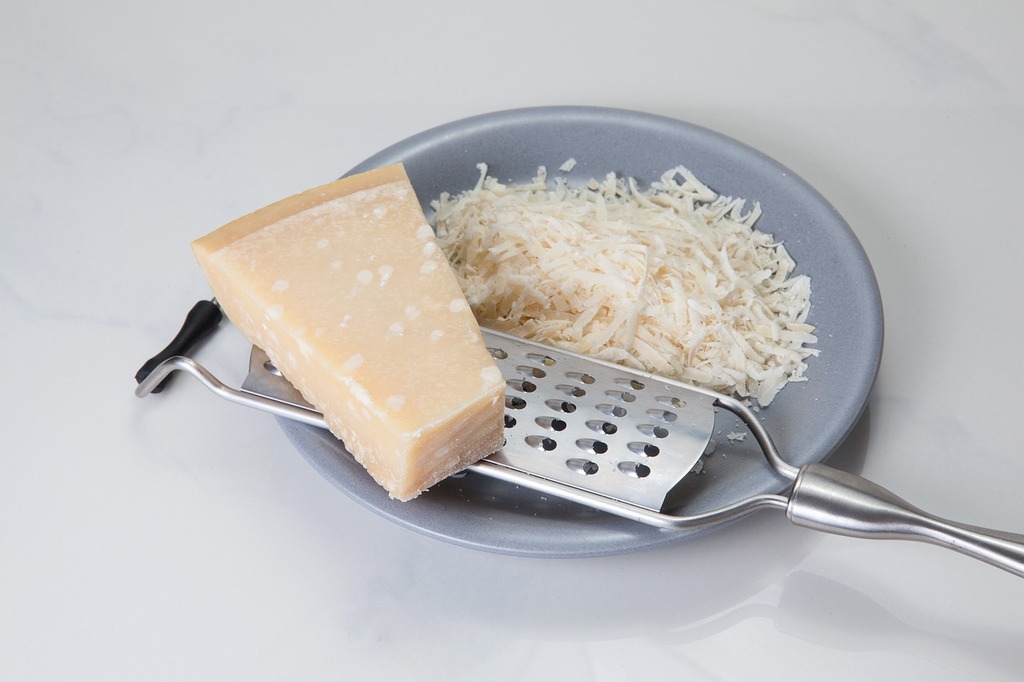
Next time you shop for pre-shredded cheese, check the label to see if it contains powdered cellulose. Brands like Sargento, Frigo, and Kraft use these substances in some of their products.
Cellulose in food, a type of fiber composing the cell walls of plants and present in tree bark, primarily prevents caking in pre-shredded cheese.
What Is Cellulose?

However, the cellulose found in these products isn’t as innocent as the cell walls of a plant. Instead, bixbyfilms reveals that cellulose is “Basically just plant fiber that you can extract from any plant. But the industry uses wood because it’s more available and cheaper.”
“According to regulators, cellulose in large amounts does little more than add dietary bulk, and may cause a laxative effect,” he adds in his TikTok.
The Ingredient (Sorta) Helps the Body

This ingredient does not offer any nutritional benefits like other plant fibers do, but it has a laxative effect that causes the body to remove substances that it shouldn’t take in. Humans do not have the enzymes needed to break down cellulose.
Cellulose is also considered an insoluble fiber and does not dissolve in water. When consumed, the fibers help push food through the digestive system.
The FDA Approves Cellulose in Cheese

While these cheeses may not offer any nutritional value, the Food and Drug Administration in the US considers the product to be safe for consumption if it follows a certain standard.
The ingredient thickens or mixes the product without the need for fat, or enriches food to boost its fiber content.
Some Companies Add Too Much Cellulose
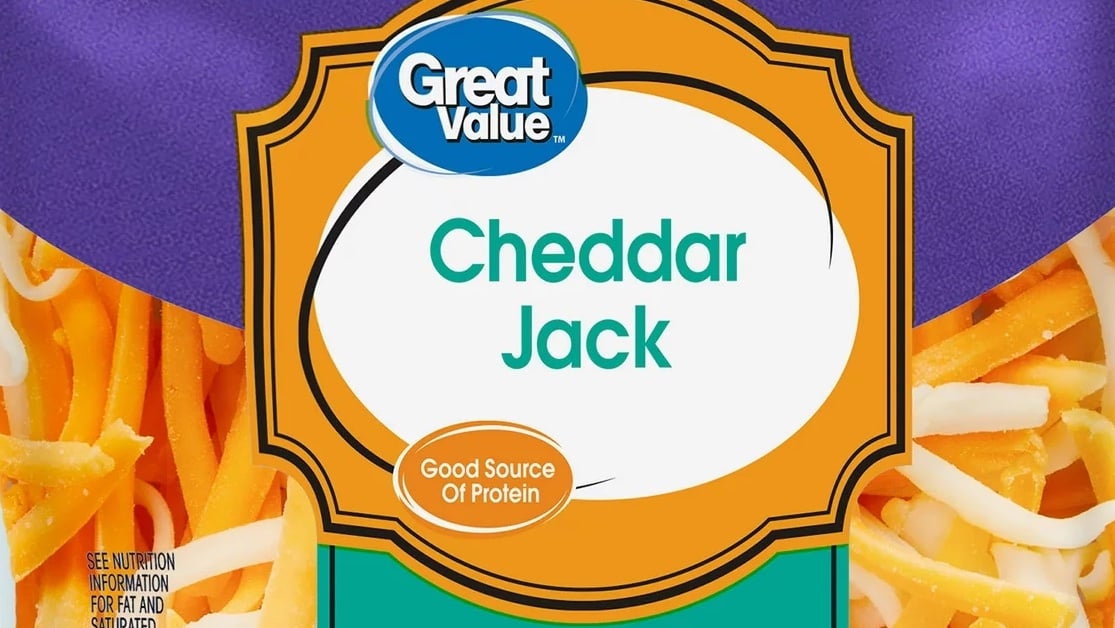
According to bixbyfilms, the FDA allows 4 percent cellulose to be included in pre-shredded cheese. It has deemed this amount to be safe for human consumption.
However, a recent lawsuit against companies like Walmart and Kraft, who label their cheese as 100 percent cheese, claims that they include 9 percent cellulose in their products.
The Best Way to Avoid Cellulose in Cheese
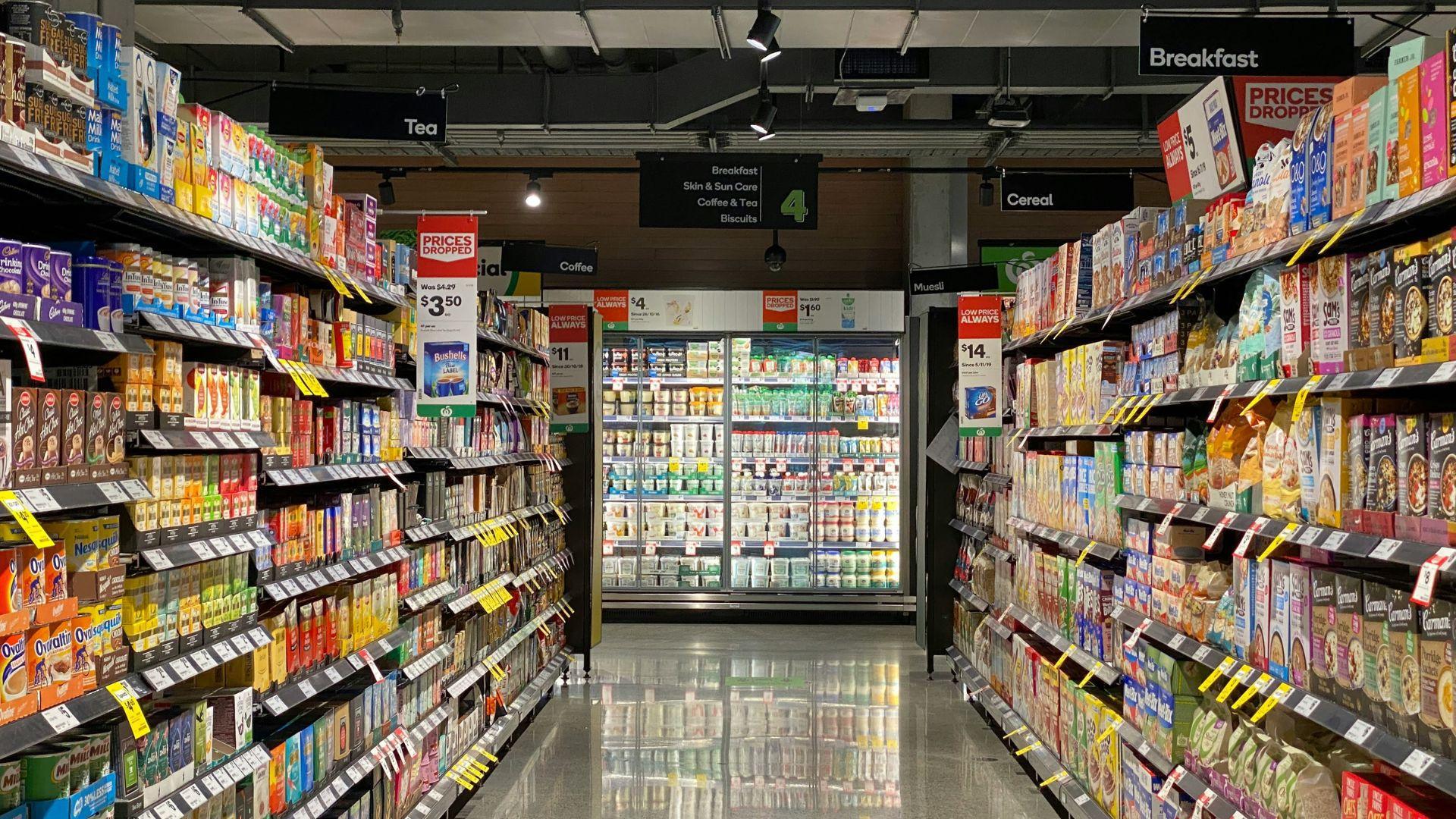
If you want to stay away from pre-shredded cheese because of the added cellulose in it (along with the other preservatives that keep the cheese from molding) and to improve your health, the best method is to shred your cheese!
There are a lot of handy tools that can make shredding a block of cheese quick and easy, giving you peace of mind when you pay yourself the cheese tax.
Cheeses That Don’t Include Cellulose
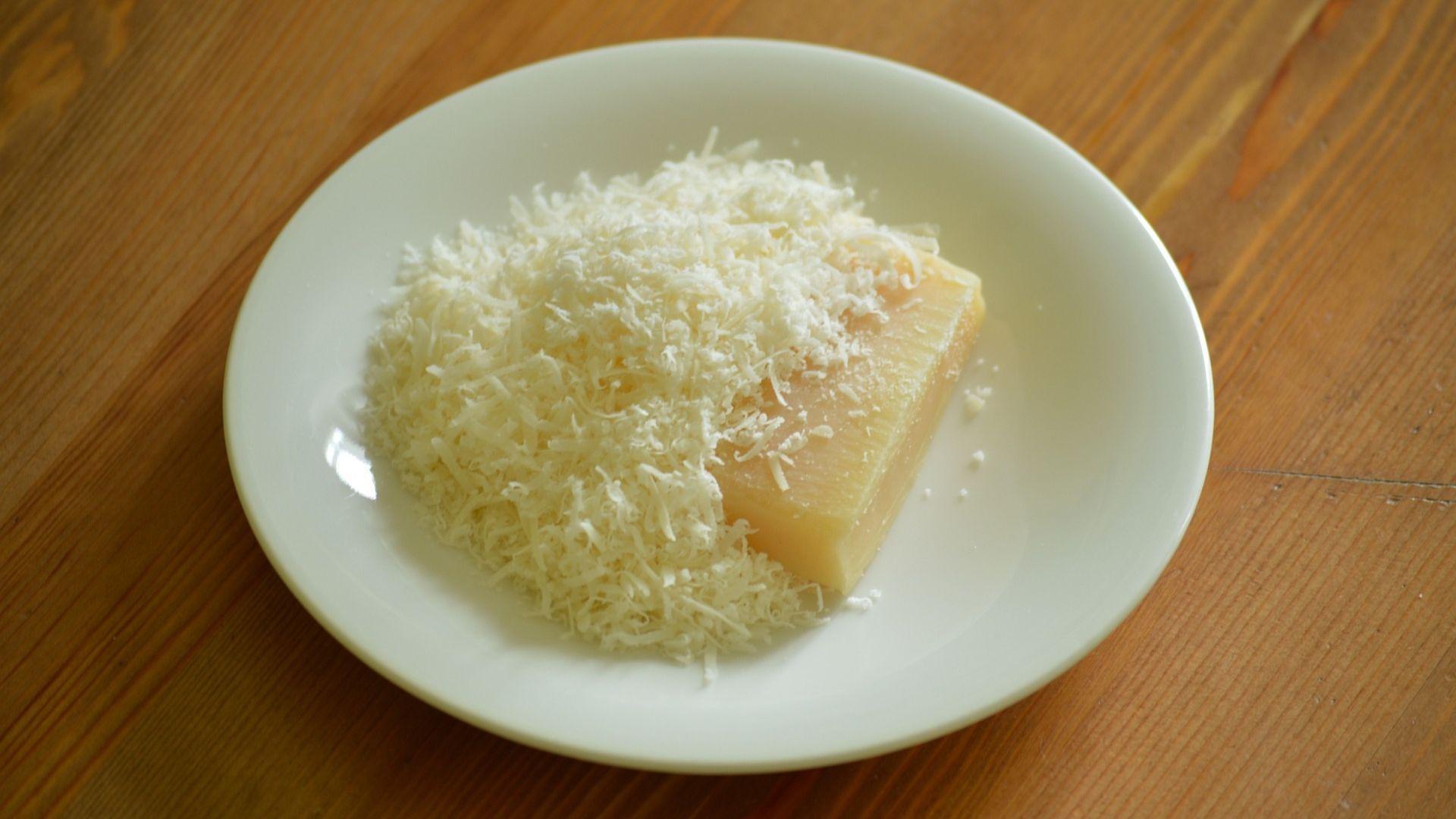
Grated Parmesan from 4C does not contain cellulose, and neither do these cheeses from Cracker Barrel, Tillamook, or Raw Farms.
The Risk of Eating Too Much Cellulose

While eating cellulose–especially from fruits, vegetables, grains, beans, and other plant food–is generally safe, there is a potential risk of eating too much cellulose.
Bloating, an upset stomach, gas, and constipation are possible if someone consumes too much cellulose.
How Much Cellulose Should You Eat?

Current nutrition guidelines recommend that adults eat at least 25 grams of fiber from foods each day, but an over-consumption of fiber could lead to some uncomfortable side effects.
Exercise and water can help relieve some of the side effects, but experts recommend considering the amount of fiber consumed in each meal.
Some People Need More Fiber

On the opposite side of the spectrum, some people need to follow a low-fiber diet, which means limiting their cellulose intake.
Many of these individuals have health conditions that affect the digestive system, like inflammatory bowel disease (IBD), and should be wary of cellulose in food.
Best Way to Get Your Fiber
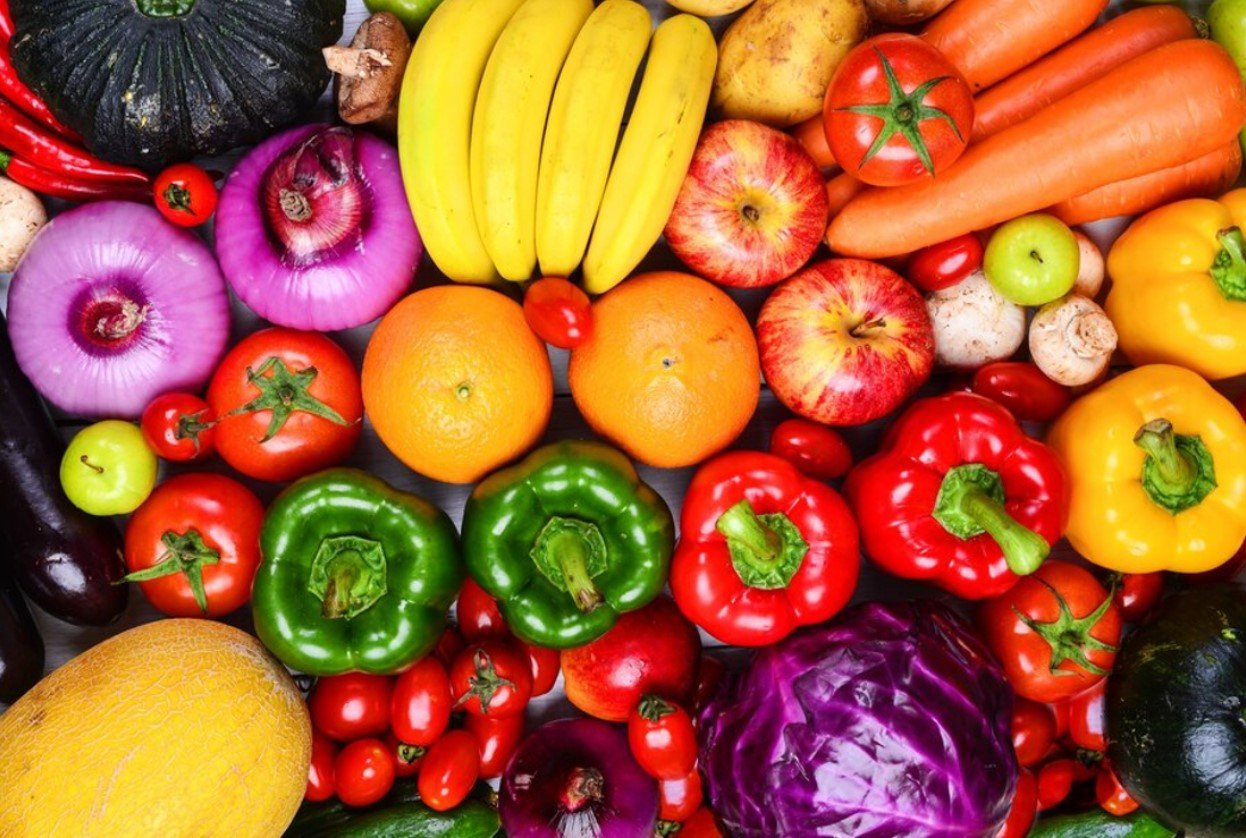
Cellulose additives or supplements may not provide the beneficial nutrients and compounds that the average human needs.








































